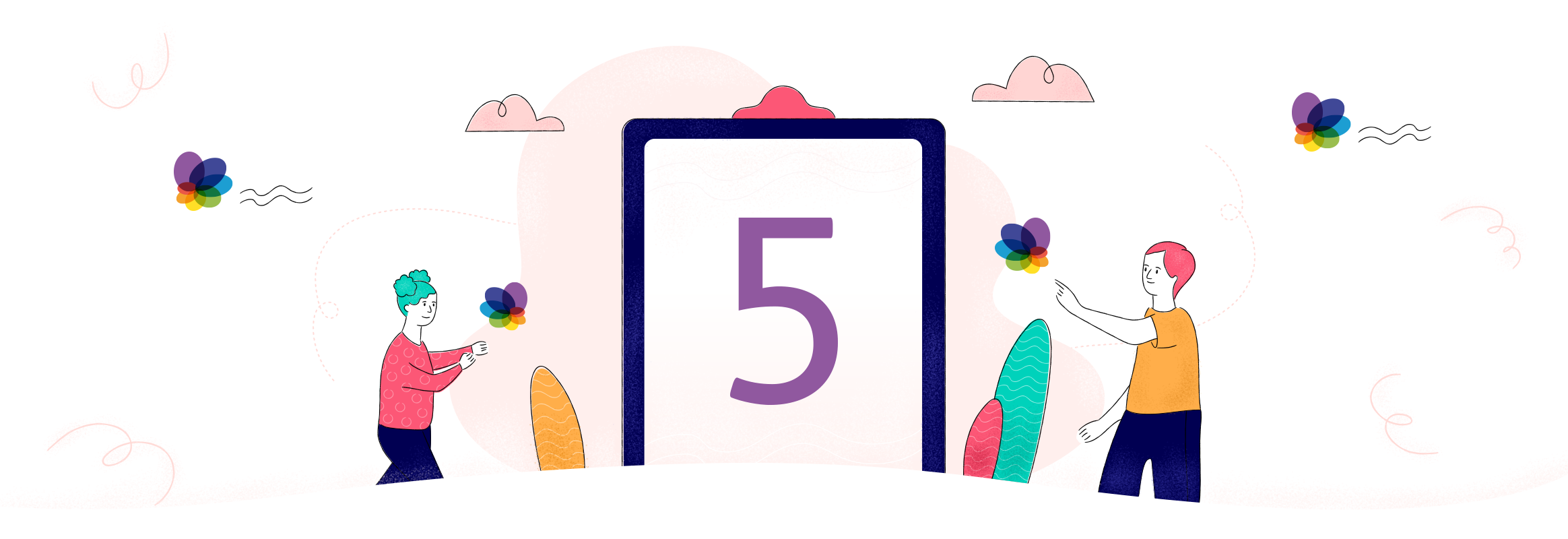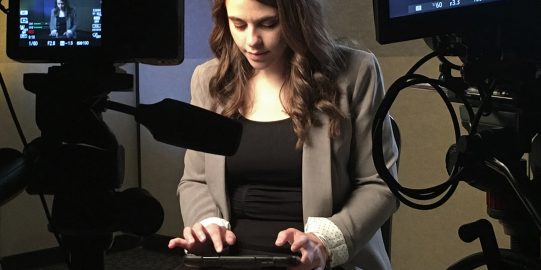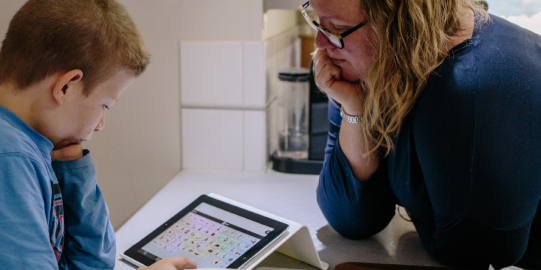1. Many of us dislike people-first language.
One of the first things many professionals learn about disability is that when talking about disability, you should always put the person first. However, many disabled people disagree. This is especially true (though not universal) in the autistic community. Many of us simply see autism as another part of who we are. If someone has to look past it to see us as a person, we have to wonder if they really see who we are at all. Americans can be people without being “people with United States citizenship.” So why must we be “people with autism?”
Of course, if you’re talking to a particular person, it’s always best to ask them their preference. Some people with autism really do prefer person-first language. For that reason, I often alternate terms when I write. Another phrase that can sometimes work as a compromise is “on the autism spectrum.”
2. We’re weary (and wary) of awareness campaigns.
Every Autism Acceptance Month, parent- and professional-led autism charities ask their supporters to spread awareness by lighting up buildings and monuments in blue, wearing blue clothing, and pinning puzzle piece lapels to their shirts.
This does nothing to address the very real practical issues that we face. These campaigns often spread fear and promote harmful stereotypes.
Autism Speaks, the organization responsible for the Light It Up Blue campaign, describes the current generation of autistic children, adolescents, and young adults as a public health crisis and burden on families and governments. Throughout the long history of the puzzle ribbon, it has often been associated with a belief that autistic people are missing pieces, that must be found so we can be made whole. With this context in mind, many of us see puzzle ribbon bumper stickers and blue lights on our city’s landmarks as signs of hate, not support.
3. Nothing about us without us.
It is not uncommon to see human interest stories about autism where parents, teachers, speech therapists, and even the school janitor all share their insights on an autistic person and what autism means for them. The only person who doesn’t get a word in is the subject of the article! The problem here is that no one is a mind-reader. I’m sure everyone reading this has experienced someone making mistakes about your thoughts or opinions. Autism doesn’t change that.
Not every person with autism will be able to respond to interview questions. However, many who could are simply not asked. Others can speak or write, but struggle to answer questions in real time. For these people, simple accommodations like providing written interview questions ahead of time can make a huge difference!
Another common mistake is to assume that no autistic person will ever read an article about autism. Writers write, “unlike you and me,” or “just like you and me,” but only rarely are we included as part of the “us” the author is referring to. The truth is, there is nowhere where you can safely assume that none of us are present. Autism is an extremely variable condition, where many different combinations of traits can all lead to the same diagnosis. Whoever your audience is, chances are at least a few of us are already in it.
4. We want to live well, not become normal.
Many autism interventions focus on making autistic people look more like non-autistic people. Common therapy goals include increasing eye contact and reducing unusual movements.
These aren’t priorities typically selected by autistic people ourselves. More common priorities include reducing the impact of the downsides associated with autism, such as anxiety and sensory hypersensitivity; learning skills needed to succeed in education and find employment; and accessing support and accommodations to assist with daily living.
There may be intolerable costs associated with a focus on achieving an appearance of normality. Eye contact may feel painfully intense and intrusive, or it may be impossible to simultaneously make eye contact with someone and understand their spoken words. Staying still may require a vast amount of attention, leaving little left for learning. Hand-flapping may be an expression of joy, or a way to regain a sense of where one’s body is in space.
Those of us who have either made ourselves look more normal or achieved some of our goals are often told we have “overcome” autism. This is misleading. We have often had to confront and overcome prejudices or put much more work into learning a skill that comes more easily to others. We may struggle in areas of our lives that you don’t see. This can be a good enough story on its own, with no need to resort to tired cliches about battling and overcoming autism.
5. Functioning labels are uninformative and harmful.
When you’re short on words, quick phrases like low- and high-functioning can be tempting. However, these phrases mean so many different things to different people that they’re not very informative. Someone may seem high-functioning to one person because they can speak in full sentences, and low-functioning to another because they aren’t included in general education classes. Someone else may be unable to cook, drive, or navigate public transit independently, but have graduated from college with honors. Where do they fit?
Too often, the answer is that functioning labels are used to write off everyone. As Laura Tisoncik said, “The difference between high-functioning autism and low-functioning is that high-functioning means your deficits are ignored, and low-functioning means your assets are ignored.” A better option is often to simply be specific. Think about what you mean when you want to use one of those shorthand terms. If you mean that someone cannot speak, or needs assistance managing finances, or has frequent seizures, it may well be better to just say that.




